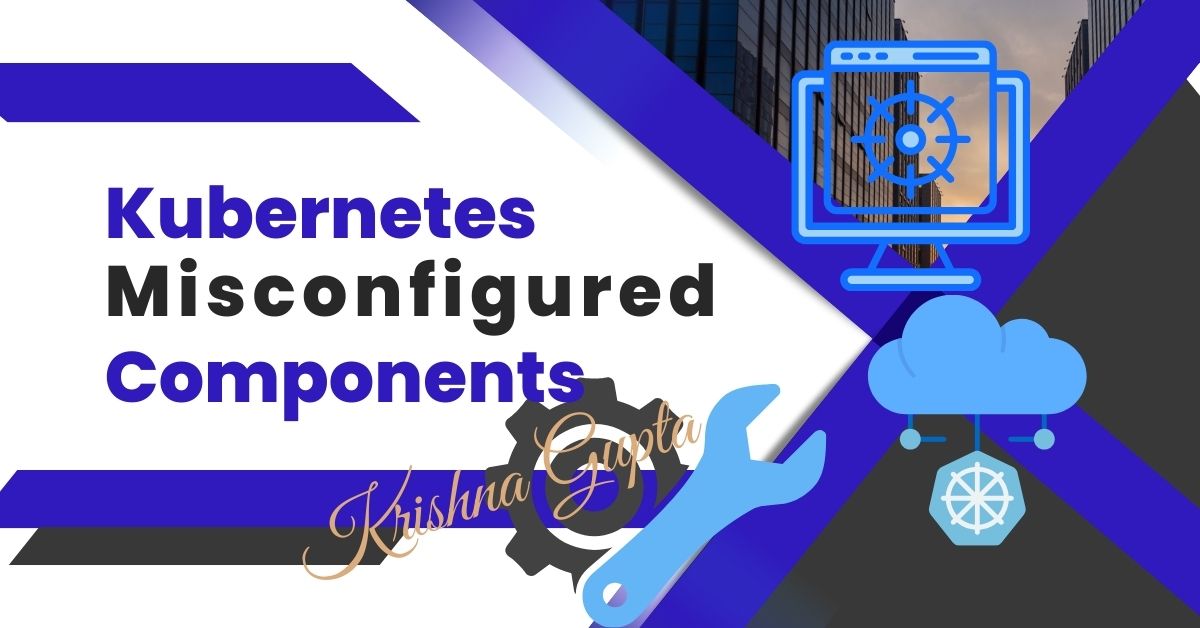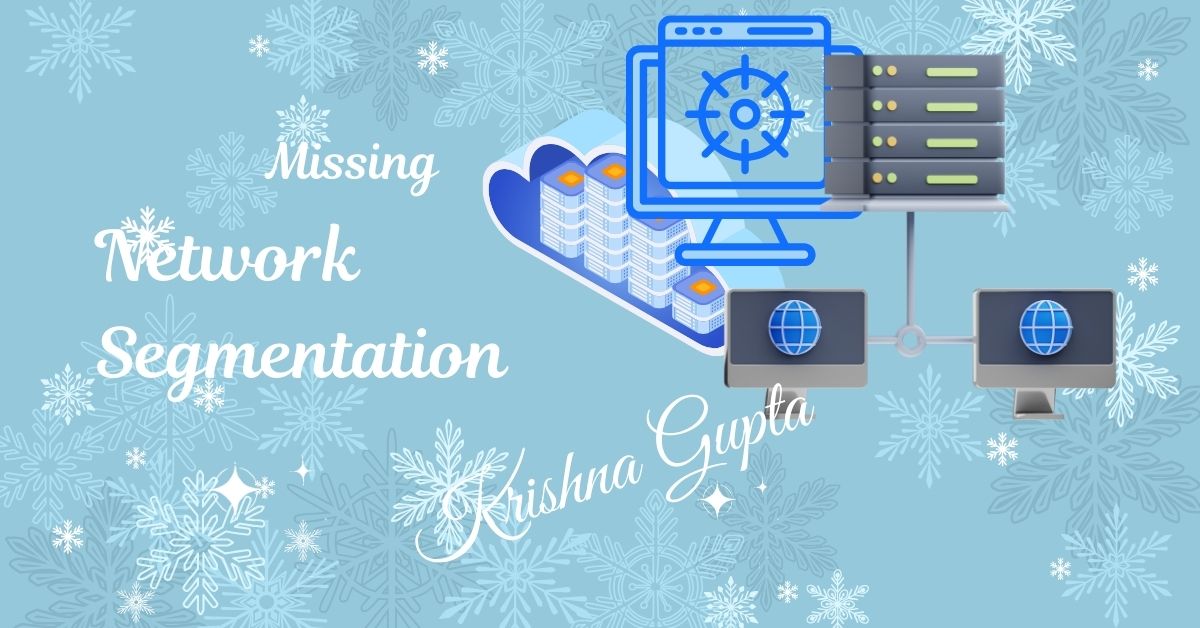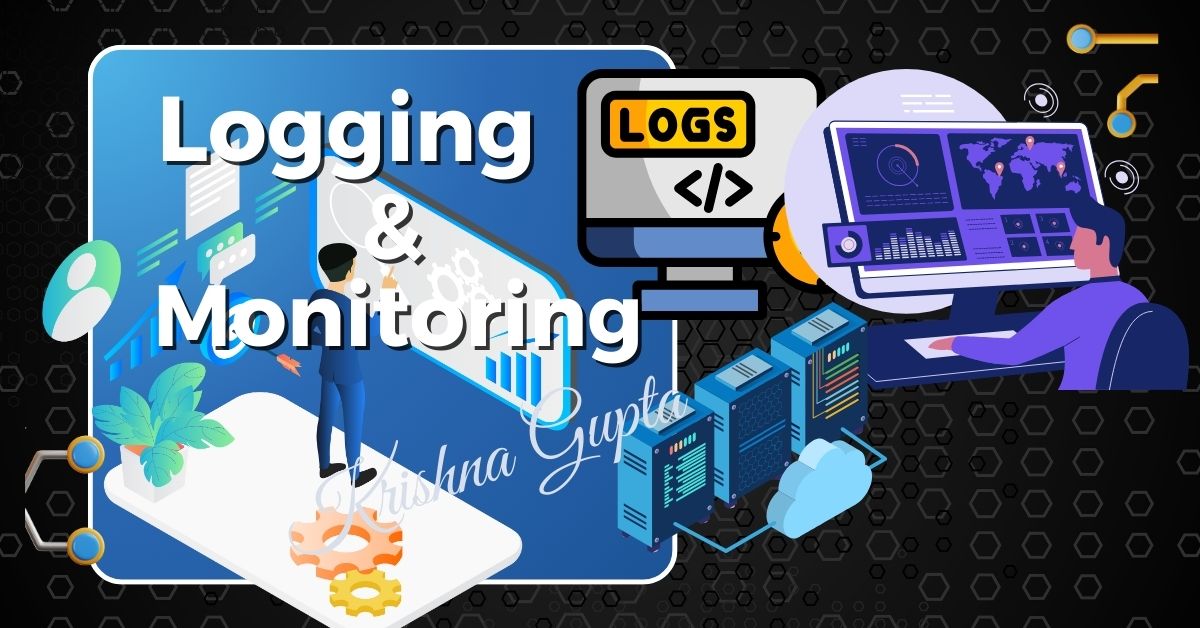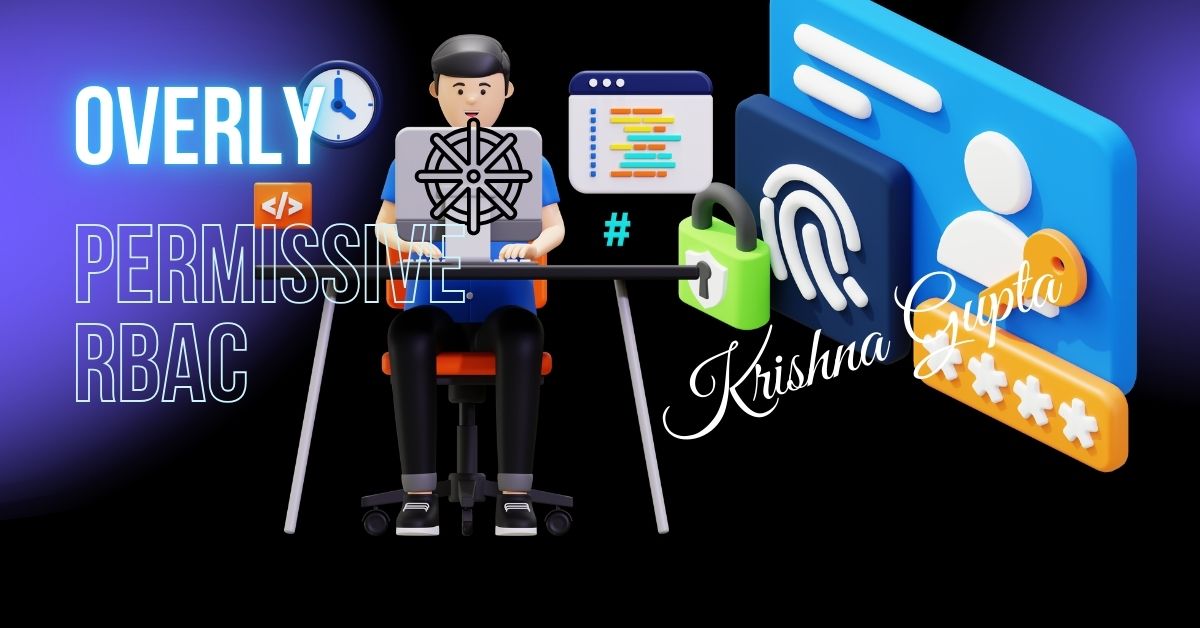OWASP Kubernetes Top Ten – K09: Misconfigured Cluster Components
Kubernetes has revolutionised container orchestration, enabling organisations to deploy, scale, and manage applications with unprecedented efficiency. However, its complexity also introduces security challenges. The OWASP Kubernetes Top Ten highlights the most critical security risks facing Kubernetes environments. Among these, K09: Misconfigured Cluster Components stands out as a prevalent yet often overlooked risk.




